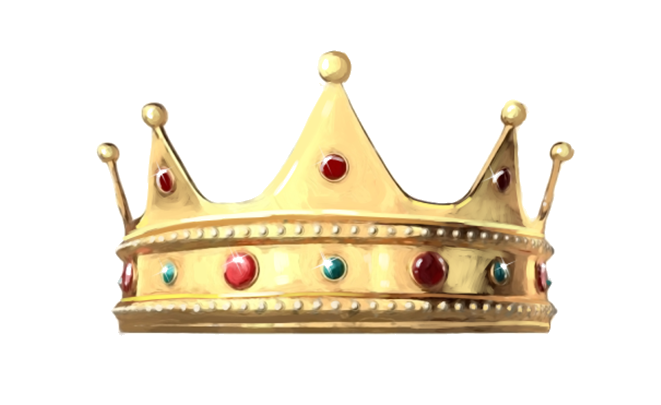In my first blog, we learned the meaning of various images on the British monarch’s coat of arms. One of the images discussed was ermine, a rare fur that was incredibly expensive. Therefore, it was worn only by the truly wealthy, usually nobility.
During my research for that blog, I came across rather intriguing tidbits about social snobbery surrounding attire in Old England.
Do you believe that the nobility threw a temper tantrum because folks of the lower classes tried to dress and appear more like them? How DARE those lowly peasants overstep their place?!
Sumptuary Laws
The nobles got so upset that they complained to the king, and clothing laws were instituted! These laws were called the Sumptuary Laws.
These laws dictated, among other things, what a person in each social rank could wear! (Remember we discussed rank in my second blog about helmets?)
These laws stated:
- “No man ‘under the estate of a Duke’ shall wear, or use in the trappings of his horses, any ‘cloth of gold.’”
- “No one under the estate of an Earl shall wear any ‘sables.’”
- “No one below the rank of a Baron shall use or wear any cloth of gold, cloth of silver, tinsel satin,” or any other ‘silk or cloth mixed or embroidered with gold or silver.’”


It was also forbidden for anyone under the rank of a knight to wear crimson or blue velvet -mainly because red and blue dyes were very expensive.
If a person earned less than 20 shillings a year, they could not wear silk, damask, satin, or silk velvet unless they were in the employ of the king – such as a groom or yeoman.
If people of lower status were caught wearing these items, the items could be confiscated and a fine imposed on the unfortunate person!
Can you imagine? Clothing police!
All About Taxes
Besides social snobbery, why else would these laws be drafted, approved, and valid for hundreds of years?
Do you believe it was partly due to taxes?!
Since nice clothing cost money – and precious furs, threads, and textiles were tremendously expensive – the king did not want the lower classes spending their meager wages on costly clothing. (As an example, one yard of cloth of gold – fine linen woven with strands of real gold – would sell for $45,540 today!)
Costly spending meant that the commoners had less money to pay taxes – and to pay for any other things the king might desire, such as battles, castles, or royal baubles!
Crime, Theft, and Divine Authority
Additionally, flaunting fancy clothing also increased crime – and resulted in devastating poverty for the victims. In a nutshell, this all meant money stolen from the king!
And who gave the king the right to make these laws?
Well, according to the kings, GOD!
As we discussed in our first blog, the royal motto is “God and my right.” The monarch was considered God’s representative on Earth and, therefore, by right he could make these laws. It was also believed that God created social ranks and the status that came to each rank.
Double Standards
So, the king created the Sumptuary Laws to prohibit lower classes from buying expensive goods so they could afford their taxes.
But did the king and nobles curb their spending as well? No! Apparently, the wealthy gathered more wealth – and the poor stayed poor.
The social structure of the class system was very important in England in the 1600’s and it was considered important to keep the classes distinctly separate – and for a person to “know their place.” So, don’t even TRY to dress above your station, you lowly peasants! Pure social snobbery!
Economic Strategy
But there were also economic reasons for these laws. When King Henry VIII was ruler, and then his daughter, Queen Mary, they were known for extravagant spending.
By the time Queen Elizabeth took the throne, the country was bankrupt. She had to think of a way to save the economy and generate money. Thus, she added to the Sumptuary Laws, and discouraged foreign fashions. She hoped people would purchase goods only produced in England and, thus, stimulate the economy and create jobs.
Sounds reasonable. But Elizabeth went even farther with these laws: She put restrictions on what type and color of clothing an individual was allowed to wear based on their social status.
What do you think of all of this? Can you imagine the President of the United States telling you what type of clothing you can wear, in what color, and where to buy it?
There is one thing we can all agree on: times have certainly changed!
(Source: designsfromtime.tumblr.com)

Queen Elizabeth I
Bertie: The Best Stuttering King is a historical rhyming picture book for students ages 7-10. It tells the tale of King George VI, his rocky trip to the throne, and his legacy as one of the best kings of 20th Century England.
Learn more here.


